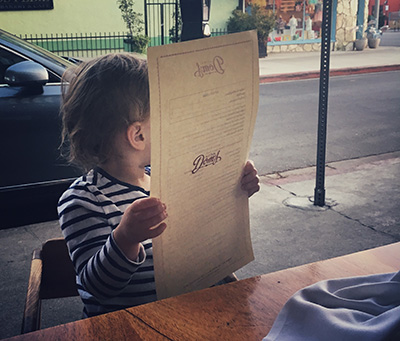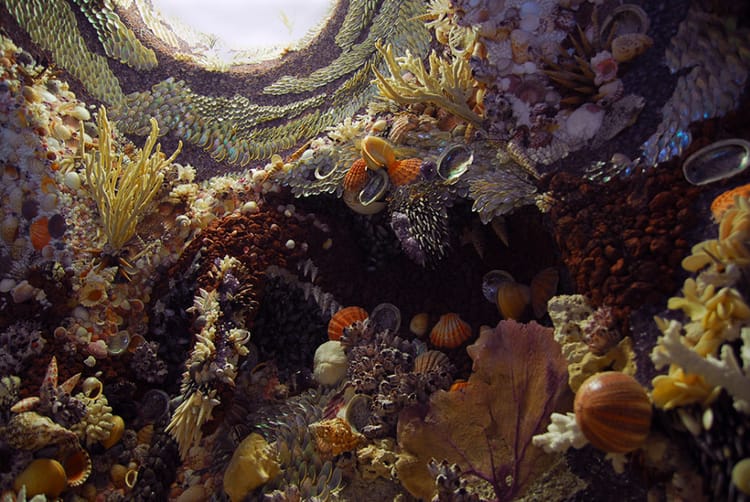a home is a good meal, an apiary, a cathedral
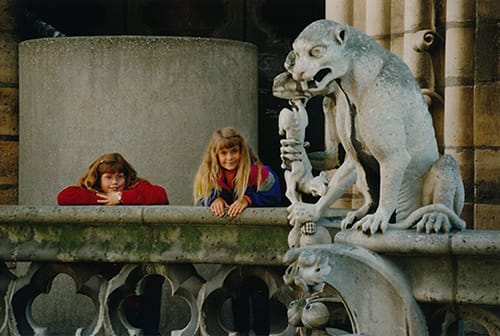
Claire and I on the roof of Notre Dame, 1994
This week has been an emotional one, because it started out with the fire in Notre Dame, an event I never imagined capable of happening. I know churches are flammable, but somehow this bulwark of Paris seemed untouchable? It was also a place that I have such clear memories of—we lived in Paris for a few months when I was in fifth grade, and both Claire and I were taken by Notre Dame, its gargoyles, its stained glass, its solidity. So this was an unsettling event.
I found myself surprised by the joy I felt upon learning that the rose windows had survived, and upon finding out that was an apiary on the roof of the sacristy, and the bees survived. That being said, if you feel compelled to donate to a church restoration, please consider the three black churches that burned in Louisiana—they’ve already raised $2M, but I’m sure costs will exceed that.

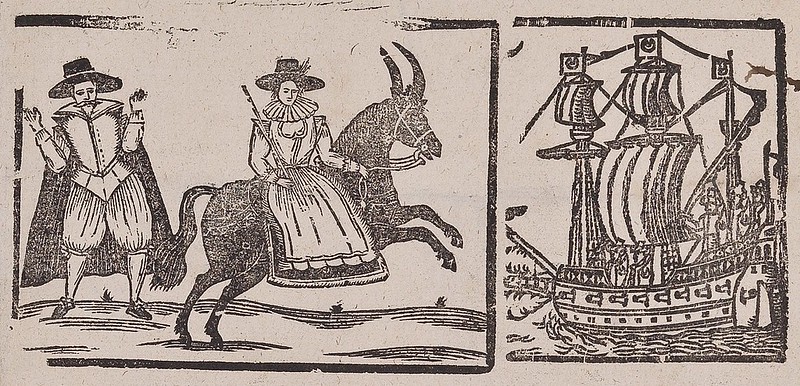
The Public Domain review wrote about how woodcuts in 17th century England were reused and remixed, in an interesting precursor to meme culture today.
Jia Tolentino discussed the nostalgia she felt when hearing a remix of Toto’s “Africa” made to sound like it’s in an empty mall. I experienced a similar wave of nostalgia when I found a Tumblr that remixed songs to sound like they’re playing in another room at a college party. Related is this piece about unexpected memories “accidentally trapped in amber” by our devices—from old wifi networks to tabs in browsers to weather for locations we visited long ago.
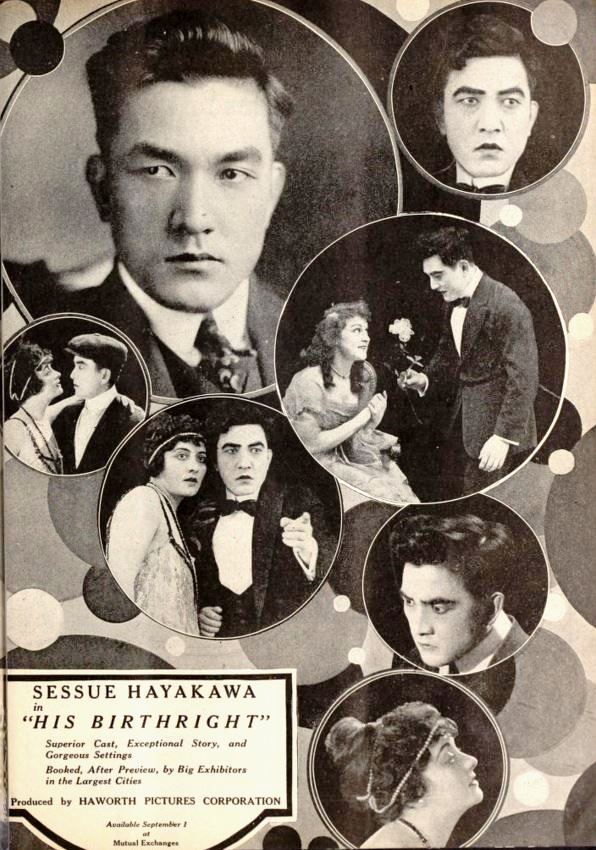
I’ve been sitting on these for a while, so it’s TIME to share them. Two long reads about Men In American Society! First up: One Hundred Years Of Men Taking Off Their Shirts, which is just fascinating:
There were plenty of men who took off their shirts onscreen between Gable and Brando, but once you watch Brando do it in A Streetcar Named Desire, it’s difficult to keep them in mind.
A good chaser is this look at one of Hollywood’s first heartthrobs, Sessue Hayakawa, one of Valentino’s contemporaries, showing his role as heartthrob (girls are throwing their fur coats to prevent him from stepping in puddles!) while still navigating racist typecasting. PLEASE let there be a biopic of him, I will be first in line.
536 was apparently the “worst year to be alive,” due to a volcanic eruption in Iceland and then plagues, plural, which made it snow in the summer China, ruining crops, and put Europe into an economic stagnation that lasted until 640.
A historian wrote about Britain’s “first Brexit,” aka leaving the Roman Empire, and I was struck by learning that they were the rednecks of the Roman Empire:
In Britain – more, perhaps, than anywhere else in the empire – loyalty to Rome co-existed with a sense of alienation from its rule. No matter how assiduously a British aristocrat might take baths or invest in central heating, he was almost certain to be viewed on the continent as a redneck. Centuries after the absorption of Britain into the Roman empire, the very notion of a civilised Briton was still capable of generating hilarity. “There’s no such thing,” one poet in fourth century Gaul had sneered.
Back to the heart of the Empire, though: New evidence about where people fleeing Pompeii ended up! Historians compared names of Pompeiians with inscriptions and grave sites in neighboring cities in the years following to see where people ended up. Also, they have excavated the first horse from Pompeii!
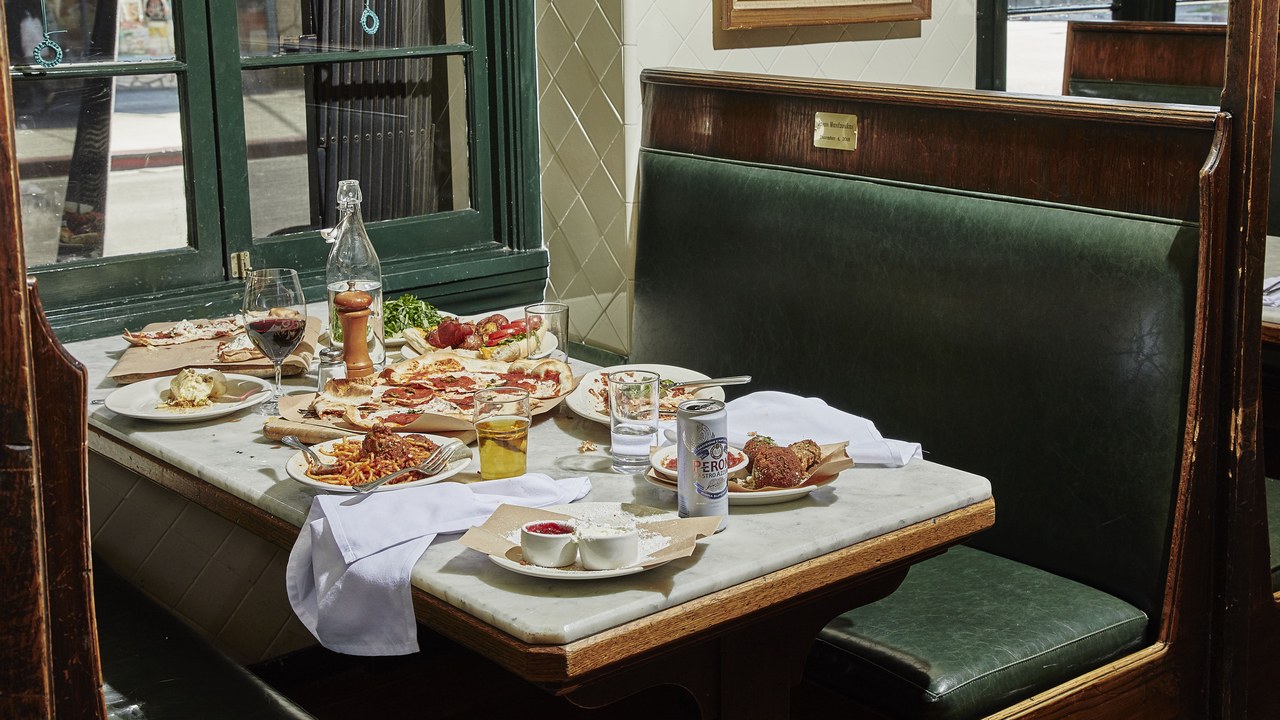
To close us out: the universe, perhaps sensing my need, has brought forth some wonderful articles about food and home and family recently. Juan Paul Brammer wrote about the “healing magic” of his abuela’s caldo de pollo, and I found myself just knocked off my feet by his writing:
For those of us who have been assimilated, Latin-American history itself can feel like this—half-remembered fever dreams of textures, relics, and traditions with labyrinthine roots that evade tangibility. I believe it’s why our culture lends itself to the fantastical, why magical realism found its home under our roof. We inhabit an “in between.” This notion of being caught between worlds, dubbed “nepantla” by queer Chicana scholar Gloria Anzaldua, plays out colorfully in our cuisine, where indigenous traditions live on in everyday kitchen objects like the comal, a flat griddle for tortillas, called “comali” in the Aztec world, and the molcajete, a tripod mortar and pestle from pre-Columbian days.
Bon Appetit has been doing a series on red sauce Italian restaurants, so you can read about the history of Buca di Beppo (completely fascinating), as well as Roxane Gay on Little Dom’s, and about how home isn’t always a house.
These restaurants are firmly ensconced in a neighborhood. When you eat at one, you are, for an hour or two, a necessary thread in that community’s fabric. You are part of an authentic experience.
I headed to Little Dom’s after reading this—I’d had it recommended, but had never stopped by—with my aunt, uncle, and toddler cousin. We sat outside on the patio on a slightly chilly Los Angeles evening, cutting into rice balls and watching the gooey cheese emerge, and taking bites of heavenly gnocchi. The kiddo was thrilled with spaghetti, and there was something a little big magical as we joined in that community fabric, sitting on the sidewalk, surrounded by bustling tables.
